The Mortgage Stress Test Rate
Incase you haven’t heard, since January 2016, when getting a mortgage Canadians have to qualify their income against a so called “Stress Test” that is currently at 5.19{ea18e790148ddb141722068dfb73f9f74b06205fa18c7d39ece0e7144d0672b8}.
Although you could get rates as low as 1{ea18e790148ddb141722068dfb73f9f74b06205fa18c7d39ece0e7144d0672b8}-2{ea18e790148ddb141722068dfb73f9f74b06205fa18c7d39ece0e7144d0672b8}-3{ea18e790148ddb141722068dfb73f9f74b06205fa18c7d39ece0e7144d0672b8}, we each qualify for the same rate when shopping for a mortgage.
Why was it created?
The new mortgage rules exist to protect borrowers, like you. Interest rates have been at historic lows that can (and will) only go up, the government wants to make sure you’ll still be able to afford your mortgage payments when rates eventually do rise. Otherwise, if you can’t afford higher payments in the future, you might be forced to default on your mortgage and lose your home.
How does it work?
When you apply for a mortgage, the bank will offer you an interest rate based on credit score. Under the stress test, however, that is not the rate the lender will use to determine your mortgage eligibility. Rather, it will make those calculations at a considerably higher interest rate, to ensure you’ll be able to make your payments if/when rates go up, as explained above.
Both RBC and BMO cut a number of their posted mortgage rates earlier last week, which should cause the mortgage stress test to fall from 5.04{ea18e790148ddb141722068dfb73f9f74b06205fa18c7d39ece0e7144d0672b8} to 4.99{ea18e790148ddb141722068dfb73f9f74b06205fa18c7d39ece0e7144d0672b8}, according to RateSpy.com.
“It’ll mark the first time since January 2018 (when OSFI’s stress test began) that this benchmark rate has been under 5{ea18e790148ddb141722068dfb73f9f74b06205fa18c7d39ece0e7144d0672b8},” the site noted. “And, if one more bank matches BMO’s and RBC’s 4.94{ea18e790148ddb141722068dfb73f9f74b06205fa18c7d39ece0e7144d0672b8}, it could drop another 5 basis points.”
Granted, the rate change will be negligible for most buyers trying to qualify for a mortgage. A mortgage stress test of 4.99{ea18e790148ddb141722068dfb73f9f74b06205fa18c7d39ece0e7144d0672b8} would allow a household earning $100,000, with 5{ea18e790148ddb141722068dfb73f9f74b06205fa18c7d39ece0e7144d0672b8} down and no other debt obligations, to qualify for a mortgage about $2,000 more compared to today.
Mortgage arrears in Canada are expected to peak in the third quarter of 2021 at around 0.80{ea18e790148ddb141722068dfb73f9f74b06205fa18c7d39ece0e7144d0672b8}, according to the Bank of Canada’s recently released Financial System Review (FSR).
Through this rapidly changing environment, Mortgage Teacher is here to help you stay in the know of what exactly is going on. As we venture down these unpaved territories, we want you to know that we are here to help. Have questions about mortgages? Contact us today at contact@mortgageteacher.com
Via: moneysense.com and canadianmortgagetrends.com
